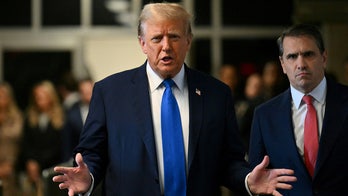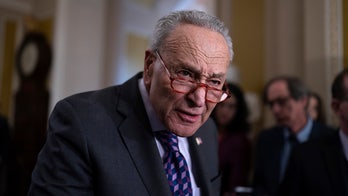The laws of physics dictate that what goes up must come down. If only they applied to the price of gasoline, where myriad factors of another science -- the dismal one -- have suggested otherwise. Prices at the pump across the U.S. are up an average of about 35 cents in the last year, with a worst-case scenario, some economists say, of five dollars a gallon of gasoline if the economic recovery gains enough steam worldwide.
A nexus of several factors beyond the hoped for economic recovery factor into the price rise: monetary policies, environmental regulations, refinery production, low inventories, increased industrialization in third world countries, especially in India and China, all play a part.When prices last spiked in 2007 and 2008, during the Bush Administration, Democrats were quick to find a scapegoat -- one who resided at 1600 Pennsylvania Avenue. In a press conference in May of 2007, then Speaker of the House, Nancy Pelosi (D-Calif.) said, "Drivers are paying a heavy price for the Bush Administration's failure to enact comprehensive energy strategy."
Senate Majority Leader Harry Reid (D-Nev.) added his own view a year later when prices peaked around the four dollar mark, "The Bush Administration's oil-friendly policies have led us down the path of the most significant energy crisis we've had in decades, if not all time."
The press was quick to pounce, too. President Bush was queried more than 20 times by reporters about gasoline prices.By contrast, President Obama has been asked two questions by reporters about the newest spike in fuel costs. But the President's critics suggest that White House policies may play a larger role in the price rise this time than in the previous administration. The Heritage Foundation's, Rory Cooper says, "Obviously the policies of the White House for the past two years have been designed to raise energy prices. Their desire for alternative fuels is led by the fact that they are so expensive, they need gas prices to go up, so that way they can convince consumers that dollar for dollar, to choose a different energy source."
Indeed, the President's choice for Energy Secretary, Steven Chu, told the Wall Street Journal in a 2008 interview, "Somehow we have to figure out how to boost the price of gasoline to the levels in Europe."
Today, gasoline prices in Europe range from $7.24 a gallon in France, to $7.98 a gallon in the Netherlands -- prices that some economists fear could halt the economic recovery taking hold across Europe.
The White House defends its energy policy, which it says strikes a balance between responsible drilling and use of fossil fuels and the need to move towards greener, more environmentally friendly alternative energies.
Dan Leistikow of the Department of Energy says, "We are continuing in the near term to pursue responsible production of our oil and gas resources at home, while at the same time taking historic action to transition to a clean energy economy and reduce our dependence on foreign oil through...vehicle efficiency standards coupled with strategic investments in electric vehicles, bio-fuels and mass transit."
Despite this week's promise by President Obama in a Wall Street Journal op-ed to review all cumbersome federal regulations, many in the oil industry expect to be left out.
"There's a vast amount of oil available to drill for, well in excess of 100 billion barrels," says John Felmy, chief economist for the American Petroleum Institute. But he adds that since the gulf drilling moratorium ended three months ago, only two new drilling permits have been issued, and that new drilling permits are down 88 percent from their historical average.




